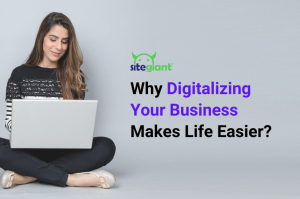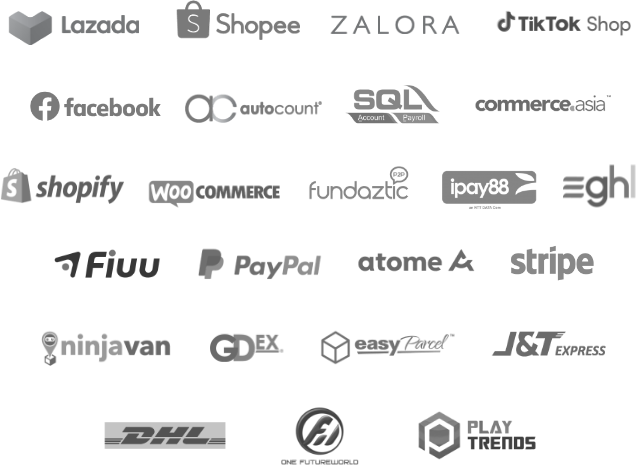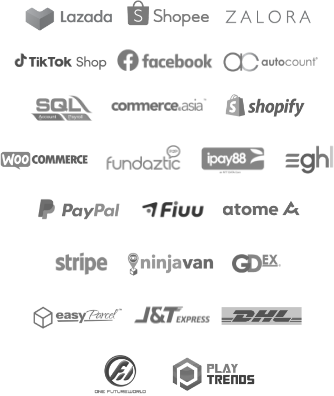
In today’s busy world, people value convenience and consistency, which is why the subscription business model has become so popular. From Netflix to subscription boxes, businesses across many industries are adopting this model for their reliable income and loyal customers. But what makes subscriptions so appealing to both consumers and companies? Let’s take a closer look.
This blog will explain a subscription model and why it’s popular with businesses.
- What is the Subscription Business Model
- How does a subscription business model operate?
- Examples of Subscription Business Models
- Pros and Cons of the Subscription Business Model
1. What is the Subscription Business Model
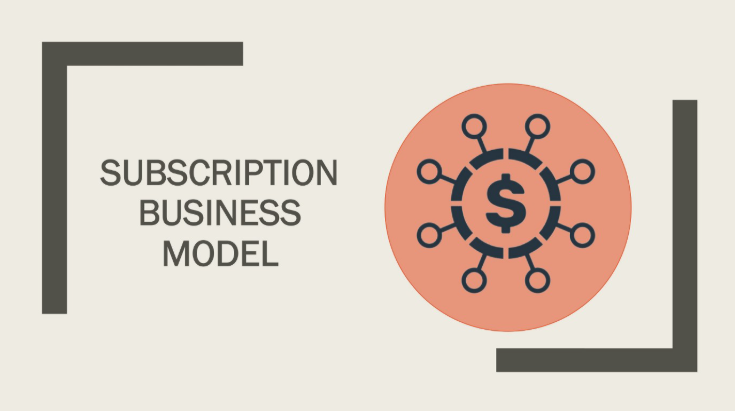
A subscription business model allows customers to pay regularly for products or services, offering convenience and often discounts. For businesses, it provides steady income and helps with growth planning. This model fosters customer loyalty and creates opportunities for upselling. It can be applied across various industries, from health and fashion to software and more.
2. How does a subscription business model operate?
- Customers sign up online or through a sales representative.
- They are charged regularly (e.g., monthly or yearly) until they cancel the plan or services.
- Products or services are delivered as long as the subscription is active.
- Payments renew automatically for convenience and steady income.
- Businesses use customer data to improve services and meet market needs.
3. Examples of Subscription Business Models
Newspaper and magazine subscriptions:
Newspaper and magazine subscriptions began as one of the earliest subscription-based models, giving readers direct access to top news and the latest publications, now often in digital format. Subscribers receive curated content repeatedly, whether daily, weekly, monthly, or bimonthly.

Subscription Boxes:
Deliver curated items like beauty products, snacks, or home goods. These boxes often target specific niches and offer flexible plans but limited item selection.

Software Subscriptions (SaaS):
Customers pay monthly or yearly for software access, including updates, support, and bug fixes. Access ends when the subscription is canceled.
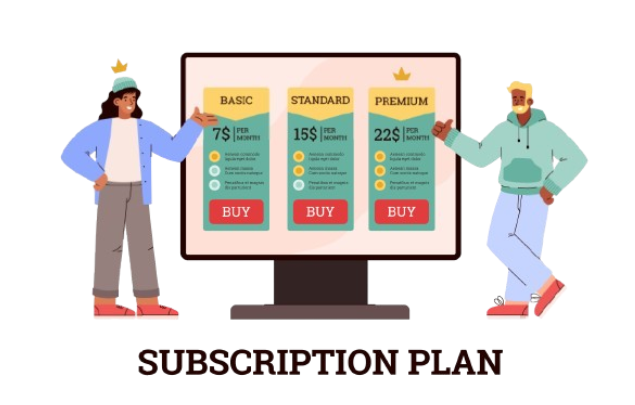
Health & Wellness:
It started with gym memberships and now includes broader services like fitness apps, virtual classes, and wellness programs.
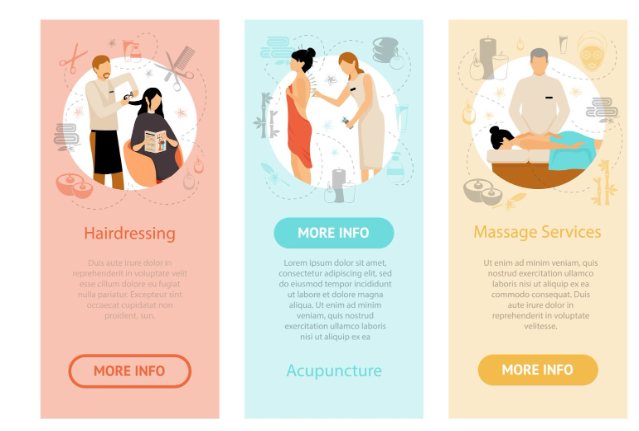
4. Pros and Cons of the Subscription Business Model
| Pros | Cons |
| Stable Revenue: Predictable income stream | Ensuring Value: Maintaining consistent value over time. |
| Easier Forecasting: Accurate demand predictions | Scalability Issues: Growth challenges with operations and support |
| Upselling Opportunities: Easy cross-sell or upgrades | Customer Retention: Keeping customers from canceling or switching |
| Continuous Value Delivery: Aligns payments with the value received | Customer Acquisition: Attracting new customers consistently |
In summary, this model has transformed how businesses and customers interact, offering convenience and value to customers while ensuring stable income and growth opportunities for businesses.
SiteGiant Product Subscription App provides a simple and seamless way to set up a recurring revenue model. With subscriptions, you can create a loyal customer base and ensure steady business growth without relying solely on one-time sales.

Boost your business with the SiteGiant Product Subscription App today!
Image Credits and References: Freepik



